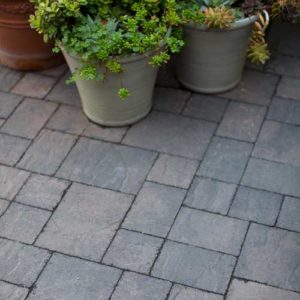The Difference Between Gray & White Cement Pavers
 At ASE Pools, we offer both Gray Cement and White Cement brick pavers as options when you want to redo your driveway, or pool deck, and often customers want to know the difference between these two types of brick material, specially when they see our brick pavers color options.
At ASE Pools, we offer both Gray Cement and White Cement brick pavers as options when you want to redo your driveway, or pool deck, and often customers want to know the difference between these two types of brick material, specially when they see our brick pavers color options.
Functionally, there may be little difference between cements of the grey and white color.
However, white cement is relatively free of metal oxides. Principal among those is iron. Freedom from such materials requires raw materials which may cost more, even before processing.
Those oxides are not bad in grey cement, however. They act as a flux, lowering the processing (i.e. sintering) temperature by roughly 150 degrees Celsius, resulting in a significantly lower price. Working at 1600 degrees Celsius comes at a price, in terms of fuel and refractories.
In cases where there is not sufficient iron oxide in the feed stock to optimize the manufacture of grey cement, materials such as iron ore can be added.
There is both physical and some chemical difference between grey and white cement, as grey cement appearance is grey and white cement has whitish appearance which is due to the presence of pigment which is responsible for different color. Generally grey cement is used for construction work but due to some specific property of white cement it is more frequently used in lining of swimming pools, in white washing for more whitish color, for statue etc.




